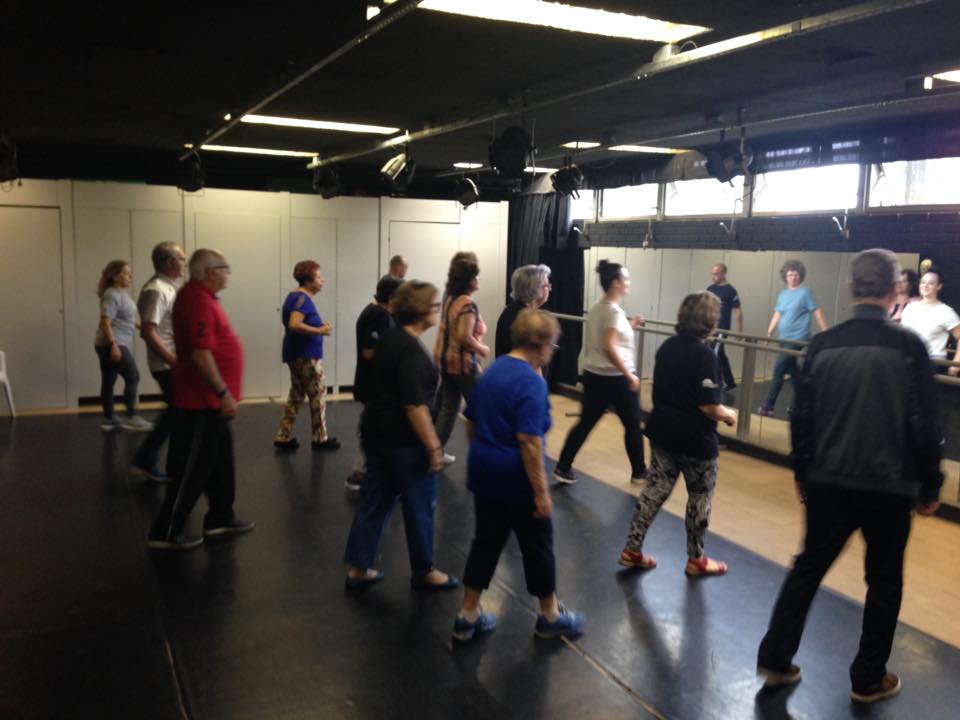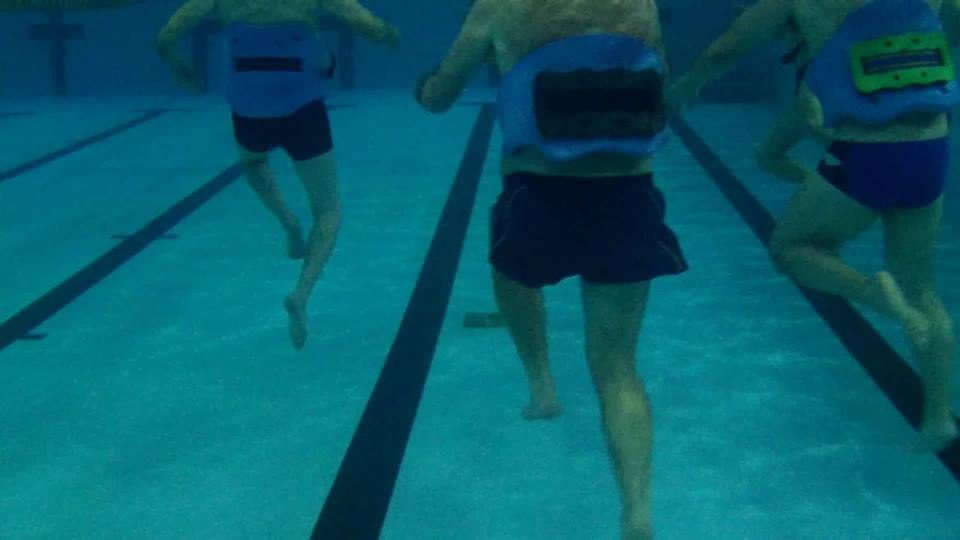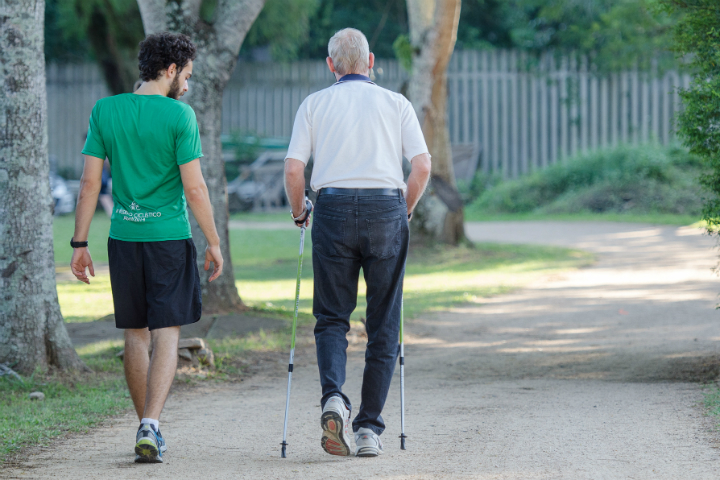Session Information
Date: Wednesday, September 25, 2019
Session Title: Non-Pharmacological Interventions
Session Time: 1:15pm-2:45pm
Location: Les Muses Terrace, Level 3
Objective: Compare the effects of three physical therapies: dance (figure 1), deep water running (figure 2) and Nordic Walk (figure 3) in body composition of Parkinson’s disease (PD).
Background: In addition to motor symptoms, is common to observe in PD the presence of sarcopenia and body fat increase. Regular physical activity such as dance (DG) [2], deep water running (DWR) [3], and nordic walking (NW) [1] can contribute to promote changes in body composition in people with PD.
Method: 33 participants with PD, 68.64±11.31 years, 16.65±7.32 UPDRS III, stages between 1 to 4 at HY scale, were divided in three groups: DG = 16, NW = 6, and DWR = 16. The interventions less 3 months, 2 times/week, 1 hour session. The dual energy X-ray absorptiometry (DEXA – Lunar Prodigy Model GE Medical System, Milwaukee, WI, USA) was used to evaluate body composition variables: Body Mass (BM), Body Mass Index (BMI), Body Fat Mass (BFM), Body Lean Mass (BLM), Trunk Lean Mass (TLM), Lower Limbs Lean Mass (LLLM), Trunk Fat Mass (TFM) and Lower Limbs Fat Mass (LLFM). Generalized Estimating Equations analysis was used to compare the DG, NW and DWR, pre and post intervention, α <0.05.
Results: The three groups presented difference in the time for BM (DG: 65.76 ± 3.36 to 65.60 ± 3.22; NW: 83.23 ± 3.31 to 80.07 ± 3.62; DWR: 67.0 ± 3.50 to 74.06 ± 3.95 p<0.005), BMI (DG: 26.51 ± 1.40 to 26.14 ± 1.57; NW: 29.02 ± 0.96 to 28.45 ± 1.14; DWR: 24.75 ± 0.70 to 25.89 ± 1.18, p<0.005), TLM (DG: 31.27 ± 1.79 to 29.46 ± 1.87; NW: 40.70 ± 2.04 to 41.57 ± 1.87; DWR: 34.23 ± 1.73 to 36.56 ± 1.50, p<0.005), LLLM (DG: 21.33 ± 1.57 to 21.54 ± 1.30; NW: 26.85 ± 1.29 to 26.27 ± 1.62; DWR: 20.50 ± 1.33 to 22.46 ± 1.68, p<0.005) and LLFM. The TFM and BFM presented time group interaction (p <0.05). No significant differences were found for BLM.
Conclusion: After the intervention period, most of body composition parameters presented difference in the three groups on time, showing that dance, deep water running and nordic walk are efficient to change these parameters in PD.
References: 1- Monteiro, E. P. et al.;(2017). Effects of Nordic walking training on functional parameters in Parkinson’s disease: a randomized controlled clinical trial. Scandinavian journal of medicine & science in sports, 27(3), 351-358. 2- dos Santos Delabary, M., et al.;(2018). Effects of dance practice on functional mobility, motor symptoms and quality of life in people with Parkinson’s disease: a systematic review with meta-analysis. Aging clinical and experimental research, 30(7), 727-735. 3 – Pinto, C., et Al.; (2018). Is hydrotherapy effective to improve balance, functional mobility, motor status, and quality of life in subjects with Parkinson’s disease? A systematic review and meta-analysis. PM&R.
To cite this abstract in AMA style:
AOF. Fagundes, EPM. Monteiro, MSD. Delabary, APZ. Zanardi, MZC. Casal, VFM. Martins, MW. Wolffenbuttel, ANH. Haas, FGM. Martinez, LPT. Tartaruga. Effects of three different physical therapies in body composition of Parkinson’s disease [abstract]. Mov Disord. 2019; 34 (suppl 2). https://www.mdsabstracts.org/abstract/effects-of-three-different-physical-therapies-in-body-composition-of-parkinsons-disease/. Accessed December 8, 2025.« Back to 2019 International Congress
MDS Abstracts - https://www.mdsabstracts.org/abstract/effects-of-three-different-physical-therapies-in-body-composition-of-parkinsons-disease/



